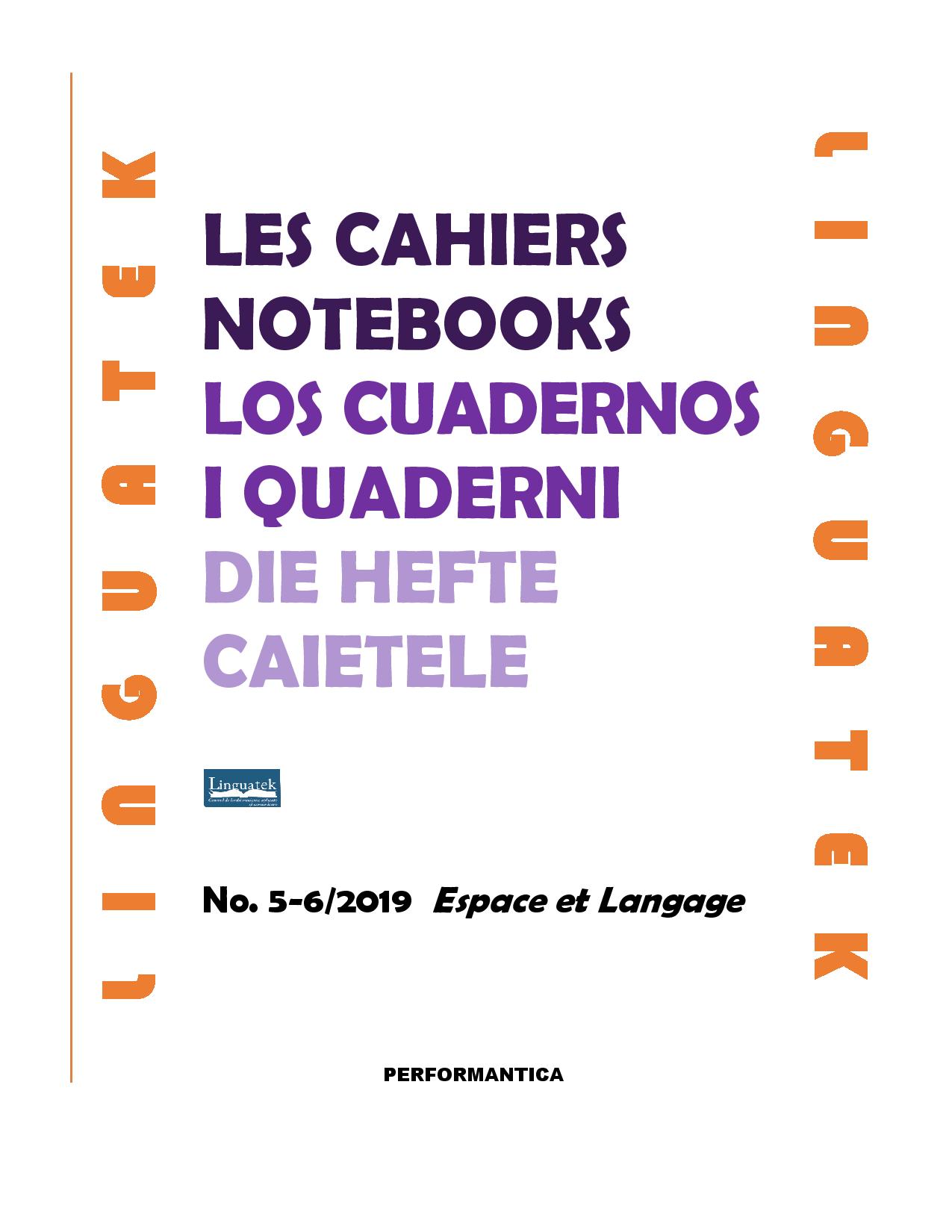L’influence de l’espace dans l’acquisition du langage : le cas de l’acquisition des constructions verbe-particule dans le discours du jeune enfant anglophone
The Influence of Space in Language Acquisition: The Case of the Acquisition of Verb-Particle Constructions in the English-Speaking Child's Discourse
Author(s): Emilie RiguelSubject(s): Language and Literature Studies, Psycholinguistics
Published by: Editura Universității Tehnice “Gheorghe Asachi” din Iași
Keywords: Verb-particle constructions; first language acquisition; space; spatial language; cognition; gesture; corpus linguistics;
Summary/Abstract: Particularly salient to the child from a cognitive point of view, space and motion are the driving forces behind the development of spatial cognition in young children who will then produce their first linguistic constructions. On the one hand, the most fundamental frame of reference is nothing other than one’s own body. On the other hand, the child lives in a world in motion. His perceptual system is very sensitive to perceived changes in the spatial dimension. This indeed explains that the first words understood by children correspond to objects that can move, on which we can perform an action, etc. (Clark, 1973; Nelson, 1973; Huttenlocher, 1974). The child then associates these objects with events that he puts into words in his first linguistic productions. In linguistic communities around the world, the first linguistic productions express the same communicative intentions, young children thus referring to dynamic or particularly salient events. When they begin to utter their first words, young English-speaking children use various locative words to express spatial relationships in utterance-level constructions (Tomasello, 2003). In the one-word utterances produced by the English-speaking child, these terms referring to spatial relationships are nothing other than adverbial particles. They actually are the phrasal verbs in adult speech (Leopold, 1939; Tomasello, 2003). Phrasal verbs are a particularly typical and unmissable category of the English language. However, little or no study dedicated to the acquisition and use of phrasal verbs in young English-speaking children has been carried out so far (Riguel, 2013a, 2013b, 2013c, 2014a, 2014b, 2016). This study explores the emergence and development of verb-particle constructions in early child language by analyzing longitudinal data from the spontaneous oral speech of two monolingual English-speaking children, Naima and Ella, respectively followed between 0;11 and 3;10 and between 1;00 and 4;00. A particular attention is paid to the genesis of verb-particle constructions in the English-speaking child’s language. By using videos illustrating the first pieces of verb-particle constructions extracted from Naima’s longitudinal corpus (Providence Corpus; Demuth, Culbertson & Alter, 2006) and Ella’s one (Forrester Corpus; Forrester, 2002), as well as by examining gesture, we will clearly show that child development goes from cognition to language and that space constitutes the anchor point of language development.
Journal: LES CAHIERS LINGUATEK
- Issue Year: 3/2019
- Issue No: 05+06
- Page Range: 11-46
- Page Count: 36
- Language: French

